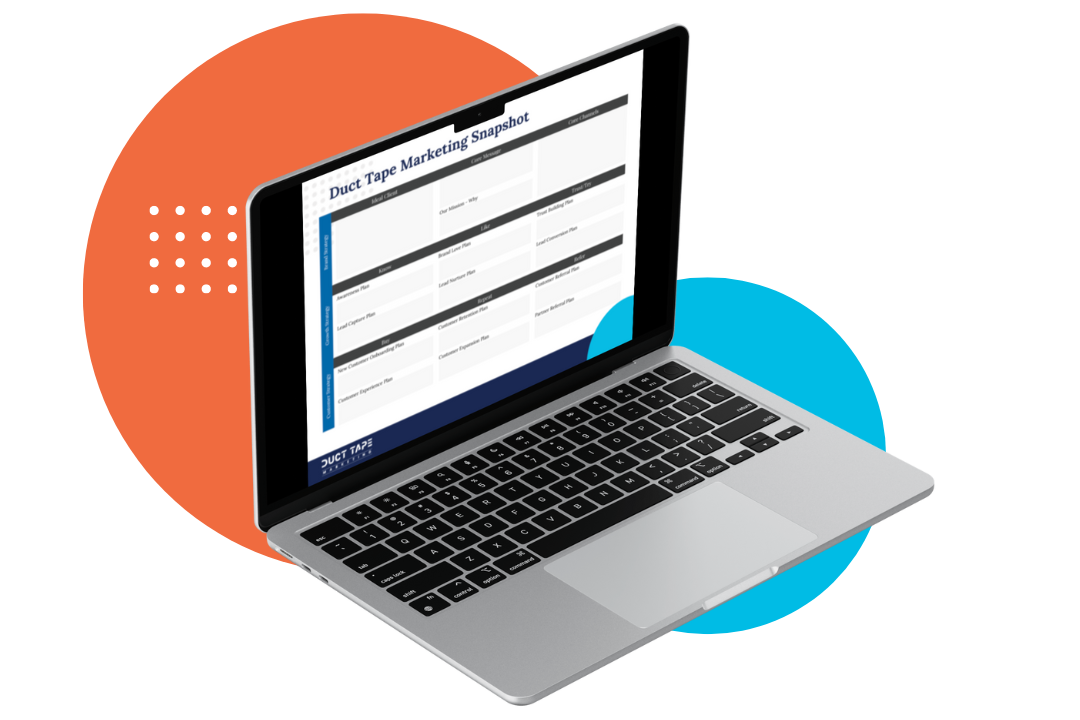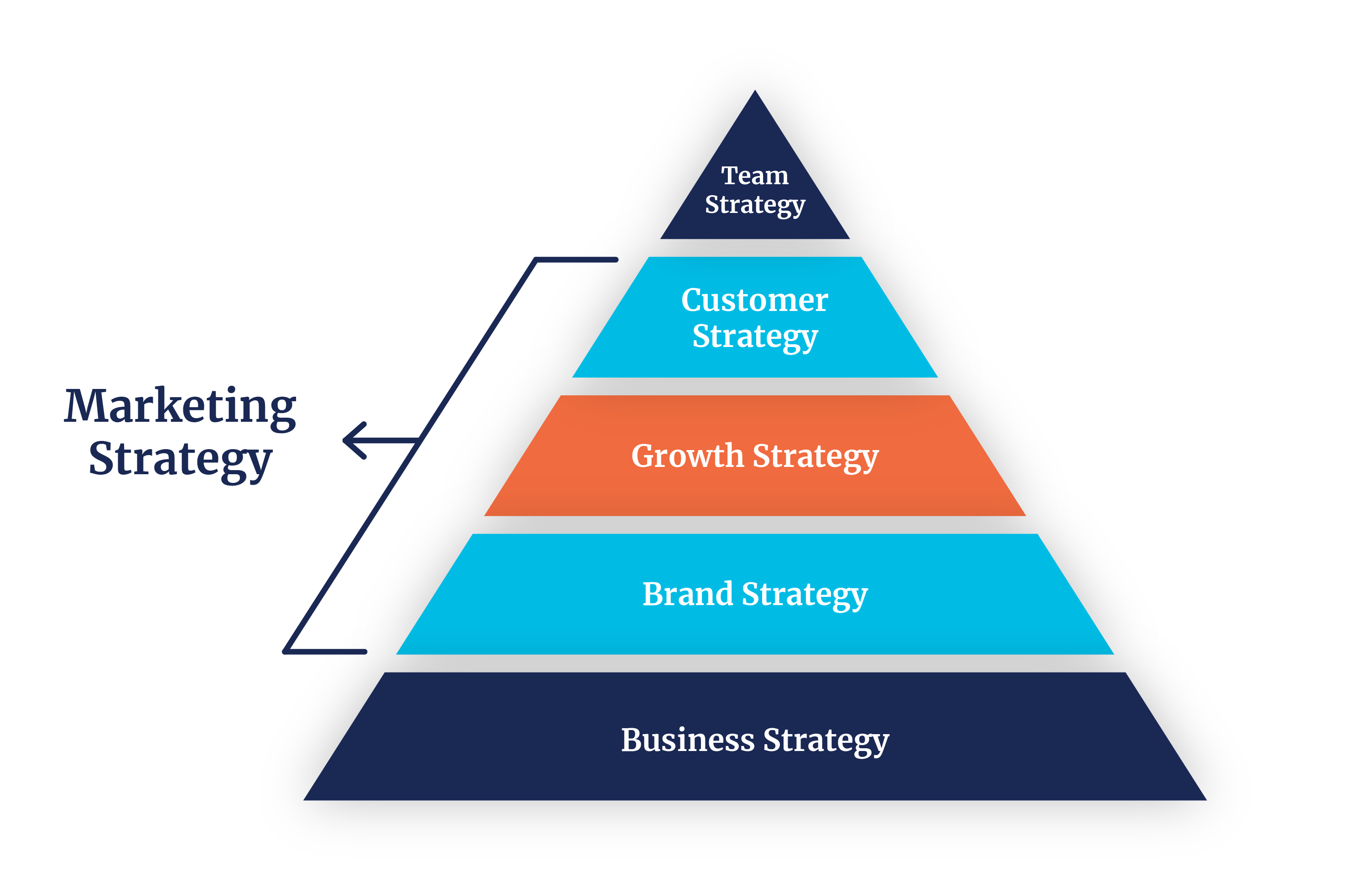Marketing is a word that can stir up a lot of emotions for business owners. For some, it’s excitement – the thrill of attracting new customers and watching your business grow.
But for many, it’s more like frustration, confusion, and even dread. Why?
Because marketing today can feel incredibly complex. There are countless channels to manage, strategies to execute, and metrics to track. It’s no wonder so many business owners feel overwhelmed.
But what if I told you that marketing doesn’t have to be complicated?
What if there was a way to cut through the noise and focus on what really matters?
That’s exactly what I’m going to show you today with the Marketing Snapshot – a simple, yet powerful tool that can transform your approach to marketing and set your business up for success.
The Problem: Marketing Has Become Too Complex
Let’s start with a harsh truth: most businesses overcomplicate their marketing. It’s not your fault – the marketing world is filled with shiny objects, new trends, and endless tools that promise to deliver incredible results. The problem is that chasing these trends often leads to fragmented efforts, wasted time, and frustration. Instead of clarity, you get confusion. Instead of results, you get noise.
Here’s what I’ve learned after years of working with small business owners: the best marketing is simple. Simple because it’s focused. Simple because it’s consistent. Simple because it’s based on a system.
Marketing Snapshot Training With John Jantsch
Tired of feeling overwhelmed by marketing?
In this hands-on training, I’ll guide you through creating a clear, actionable one-page Marketing Snapshot that cuts through the noise and sets you on a path to success. Learn the key elements of a winning strategy, and leave with a personalized plan you can put into action right away.
Let’s simplify your marketing and get results.
The Solution: A Simple, Systematic Approach
What if you could distill your entire marketing strategy onto one page? What if you had a clear, concise plan that guided every marketing decision you made? That’s the idea behind the Marketing Snapshot.
The Marketing Snapshot is a one-page tool designed to capture the essential elements of your marketing strategy. It’s not about cramming everything you do onto a single page – it’s about focusing on what really matters. It helps you identify your ideal client, craft a compelling core message, and choose the right channels to reach your audience. It’s a simple, systematic approach that brings clarity and direction to your marketing efforts.
Breaking Down the Marketing Snapshot
So, what exactly does the Marketing Snapshot include? Let’s walk through each section.
1. Ideal Client
This is where it all begins. You can’t create an effective marketing strategy if you don’t know who you’re trying to reach. The Ideal Client section helps you define exactly who your best customers are – not just in terms of demographics, but also their needs, challenges, and behaviors. By understanding your ideal client, you can tailor your marketing efforts to attract more people like them.
2. Core Message
Your core message is the heart of your marketing. It’s the promise you make to your customers – the reason they should choose you over your competitors. In this section, you’ll craft a message that resonates with your ideal client, speaks to their pain points, and clearly communicates the value you offer.
3. Core Channels
With your ideal client and core message defined, the next step is to figure out where to reach them. The Core Channels section helps you identify the most effective marketing channels for your business. Whether it’s social media, email, content marketing, or something else, this section ensures that your efforts are focused where they’ll have the biggest impact.
4. Brand Strategy
Your brand is more than just a logo or tagline – it’s the perception people have of your business. In this section, you’ll define your brand’s mission, vision, and values, and ensure that everything you do aligns with your brand identity. A strong brand strategy helps you build trust and loyalty with your customers.
5. Growth Strategy
This section is all about scaling your business. Whether it’s through new product lines, expanding into new markets, or increasing customer lifetime value, your Growth Strategy will outline the steps you need to take to achieve your business goals.
6. Customer Strategy
Your marketing doesn’t end once someone becomes a customer. The Customer Strategy section maps out the entire customer journey – from awareness to advocacy. It ensures that you’re not only attracting customers but also nurturing them into loyal, repeat buyers who refer others to your business.
Why the Marketing Snapshot Works
You might be wondering, “Can something this simple really make a difference?” The answer is a resounding yes.
The Marketing Snapshot works because it forces you to focus on the most important aspects of your marketing strategy. It eliminates the distractions and helps you see the big picture.
Here’s why it’s so effective:
- Clarity: With everything distilled onto one page, you gain a clear understanding of what you need to do and why. No more second-guessing or getting lost in the weeds.
- Focus: The Marketing Snapshot helps you prioritize your efforts. Instead of spreading yourself thin across dozens of tactics, you focus on the strategies that will have the biggest impact.
- Consistency: Marketing success doesn’t happen overnight. The Snapshot keeps you consistent by providing a roadmap to follow, ensuring that your efforts are aligned and working together.
- Simplicity: There’s beauty in simplicity. The Snapshot cuts through the complexity of modern marketing and brings you back to the basics- the things that really matter.
How to Get Started with the Marketing Snapshot
How can you start using the Marketing Snapshot in your business?
The first step is to take a step back and assess your current marketing efforts. Are they aligned with your business goals? Are you targeting the right audience? Is your message clear and compelling?
Once you’ve answered these questions, it’s time to fill out your own Marketing Snapshot. If you’re not sure where to start, don’t worry – I’m here to help.
I’m offering a free training where I’ll walk you through the process of creating your own Marketing Snapshot. By the end of the session, you’ll have a clear, concise plan that you can put into action right away.
Marketing Snapshot Training With John Jantsch
Tired of feeling overwhelmed by marketing?
In this hands-on training, I’ll guide you through creating a clear, actionable one-page Marketing Snapshot that cuts through the noise and sets you on a path to success. Learn the key elements of a winning strategy, and leave with a personalized plan you can put into action right away.
Let’s simplify your marketing and get results.
Start Transforming Your Marketing with the Marketing Snapshot
Marketing doesn’t have to be a headache. It doesn’t have to be complicated. With the Marketing Snapshot, you can simplify your approach, gain clarity, and start seeing real results. It’s time to stop chasing trends and start focusing on what really works.
If you’re ready to transform your marketing and grow your business, I invite you to join me for this free training. Let’s make marketing simple, effective, and fun again.
 In this episode of the
In this episode of the 







 Nobody does data better than Oracle. Train your AI models at twice the speed and less than half of the cost of other clouds. If you want to do more and spend less, take a free test drive at
Nobody does data better than Oracle. Train your AI models at twice the speed and less than half of the cost of other clouds. If you want to do more and spend less, take a free test drive at